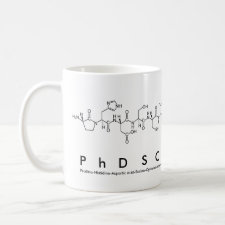
Authors: Liu Y, Wang F, Tan TW, Lei M
Article Title: Study of the properties of molecularly imprinted polymers by computational and conformational analysis.
Publication date: 2007
Journal: Analytica Chimica Acta
Volume: 581
Issue: (1)
Page numbers: 137-146.
DOI: 10.1016/j.aca.2006.08.015
Alternative URL: http://www.sciencedirect.com/science/article/B6TF4-4KNV2P1-2/2/b63fbed200df6b71096a7261679253ff
Abstract: In this paper, a simplified model was set up to give an insight into the properties of molecularly imprinted polymer (MIP) at molecular level using MMFF94 force field. Based on our model, the interaction energies (Δ Es) between monomers and template or its analogues were calculated, and the most possible conformations of template or its analogues interacting with monomers in the molar ratio 1/4 were found. The obtained results using the computational and conformational analysis showed that large Δ E meant more activity sites in the cavities in the resultant polymer giving high affinity and good selectivity, leading to a large imprinting factor and when the Δ E differences were small, the imprinting factors were mainly determined by the activity sites. These were well consistent with the experimental results, which confirmed the validity of the model and method proposed that were believed to benefit screening molecularly imprinted systems rapidly in an experiment-free way instead of trial-and-error approach. Considering the affinity and selectivity, 2,6-bisacrylamide pyridine was predicted to be the optimal monomer used to prepare paracetamol MIP for application in quantification of drugs from the Δ E and possible activity sites
Template and target information: paracetamol
Author keywords: molecularly imprinted polymer, Interaction energy, conformation, Activity site, paracetamol



Join the Society for Molecular Imprinting

New items RSS feed
Sign-up for e-mail updates:
Choose between receiving an occasional newsletter or more frequent e-mail alerts.
Click here to go to the sign-up page.
Is your name elemental or peptidic? Enter your name and find out by clicking either of the buttons below!
Other products you may like:
 MIPdatabase
MIPdatabase









